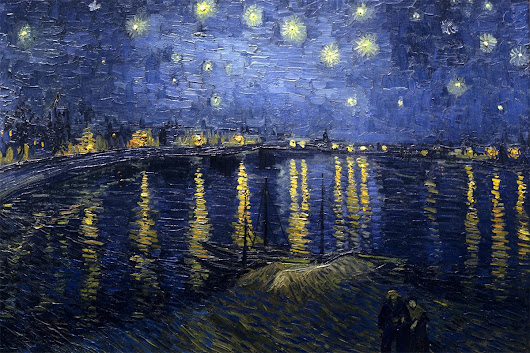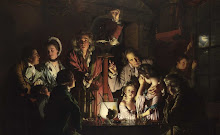A Look Into Traditional Japanese Arts and How They Continue to Thrive in Modern Times
I’m very excited about today's blog because I get to talk about a few of my favorite things. As mentioned in previous posts, you know about my enthusiasm for Japanese culture. Japan is rich in history and traditions, many of which are passed down through generations, whether within families or to eager students who are passionate about a particular craft. Those who seek to learn a craft often gravitate toward specific masters and their art styles, pursuing them to learn these unique techniques. I want to discuss a few of these practices, how they’ve shaped Japanese culture, and how they are still practiced and integrated into everyday items today. Dinnerware is something we probably overlook every day. We place our food on it, eat from it, toss it in the sink, wash it, and put it away. Life seems simple. But long ago, dishes were not so easy to care for. Plates and serving dishes were often made of wood, which would rot after continued use....





_-_The_Dead_Christ_with_Angels_-_Google_Art_Project.jpg)